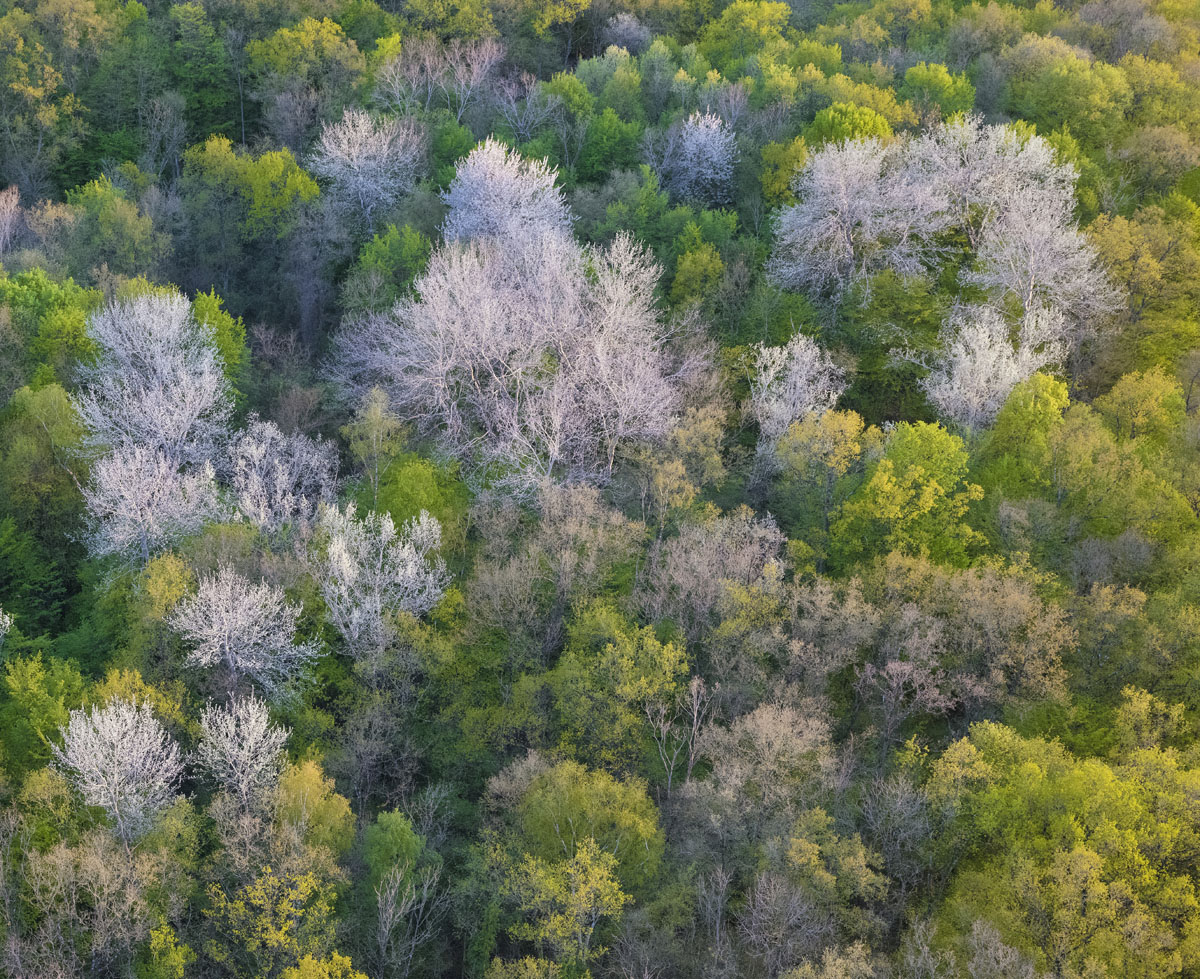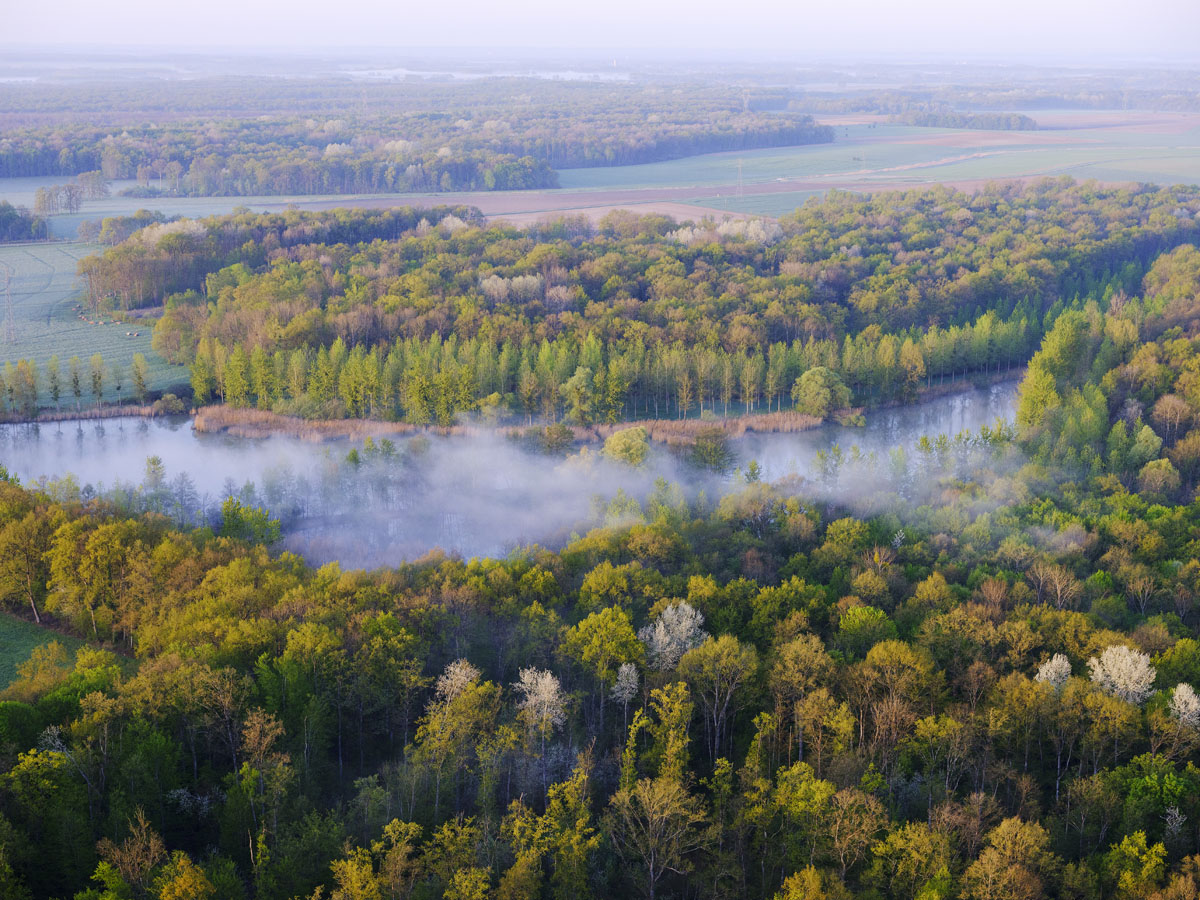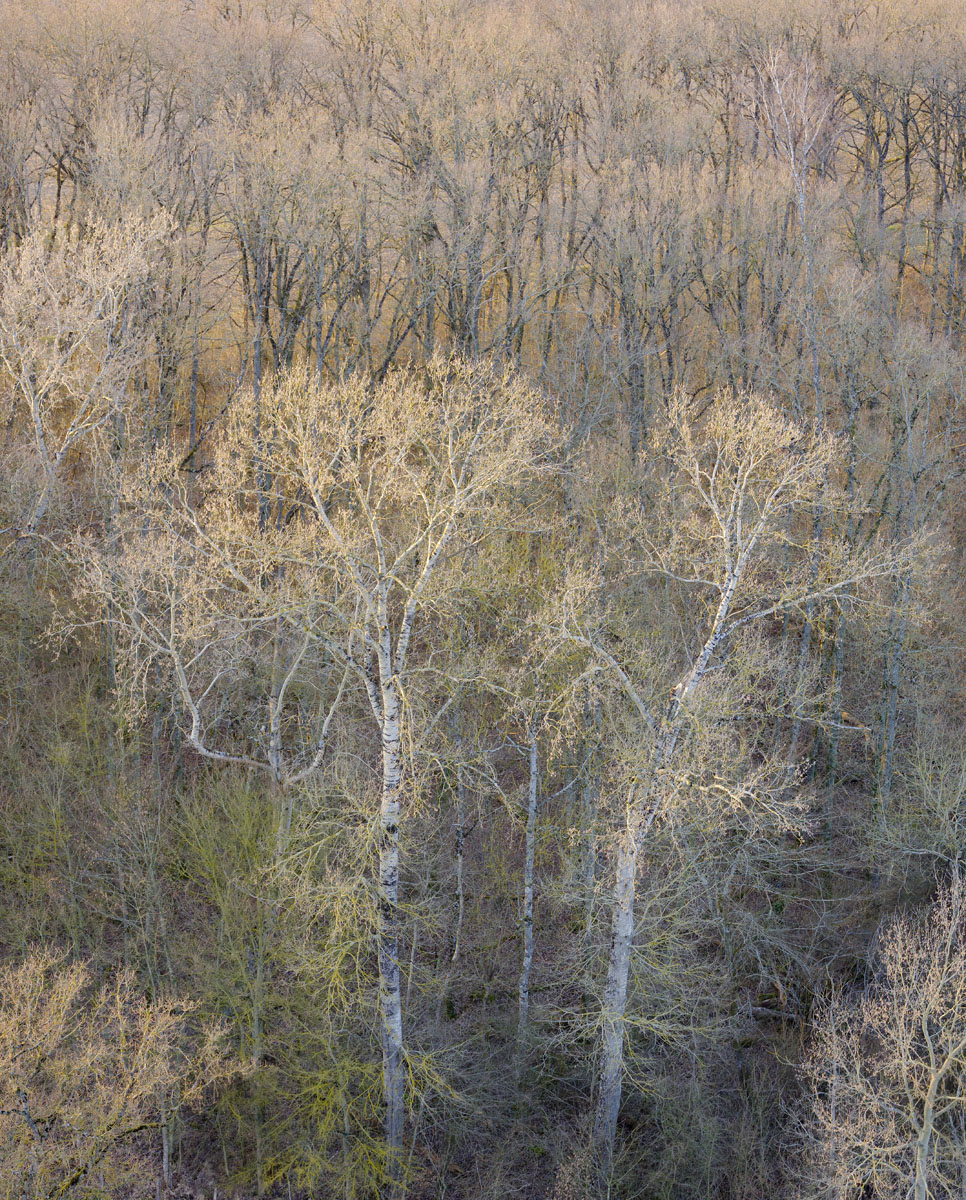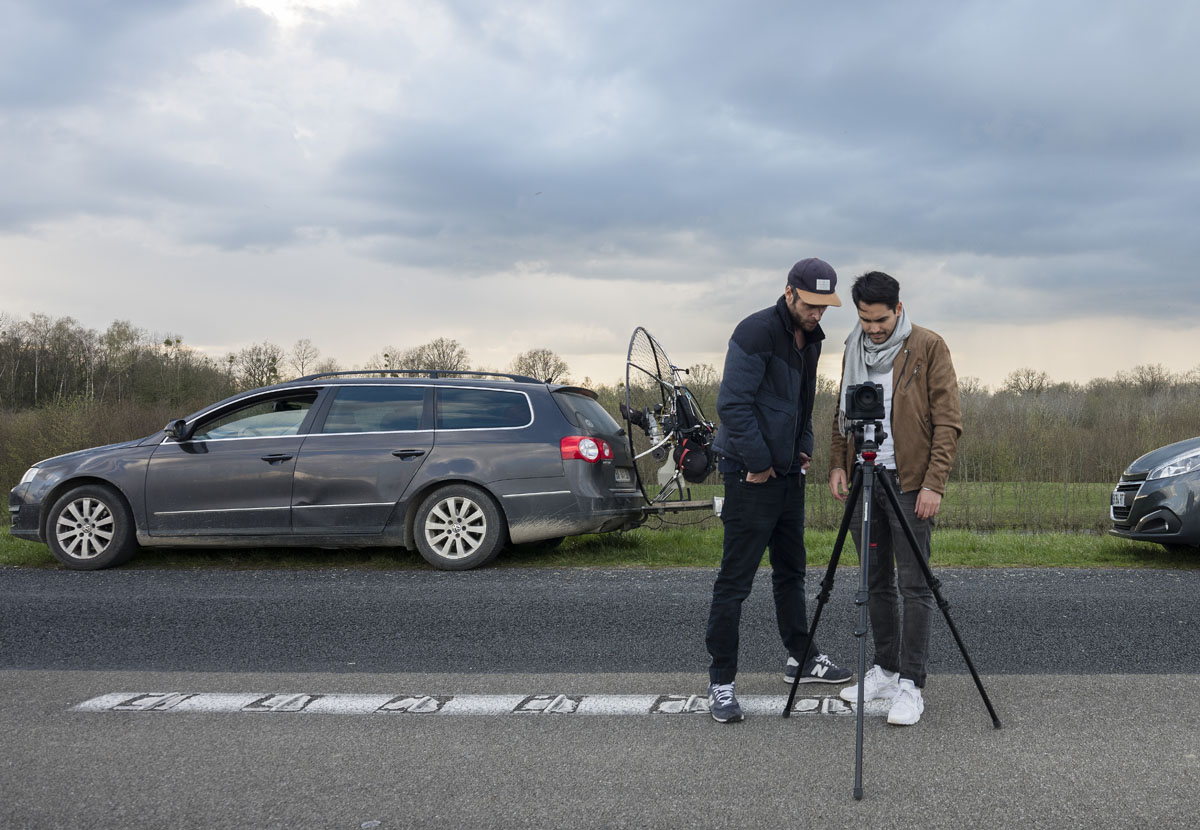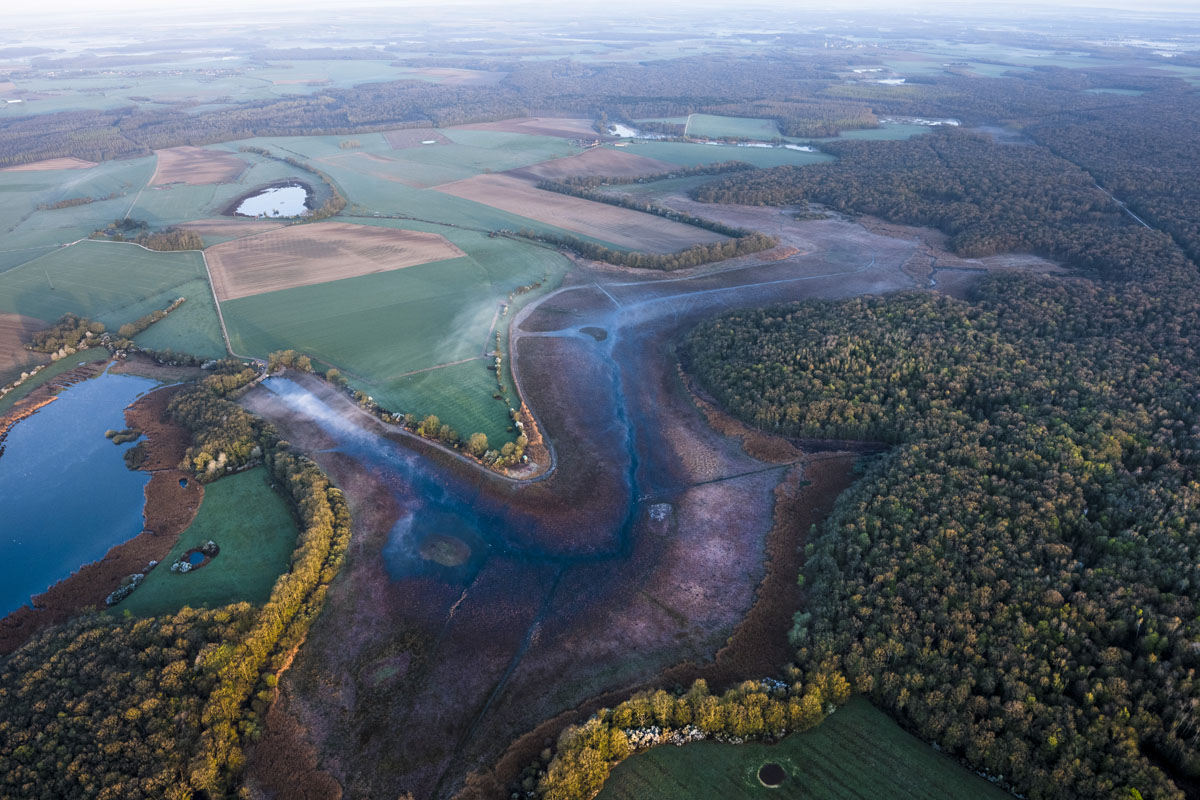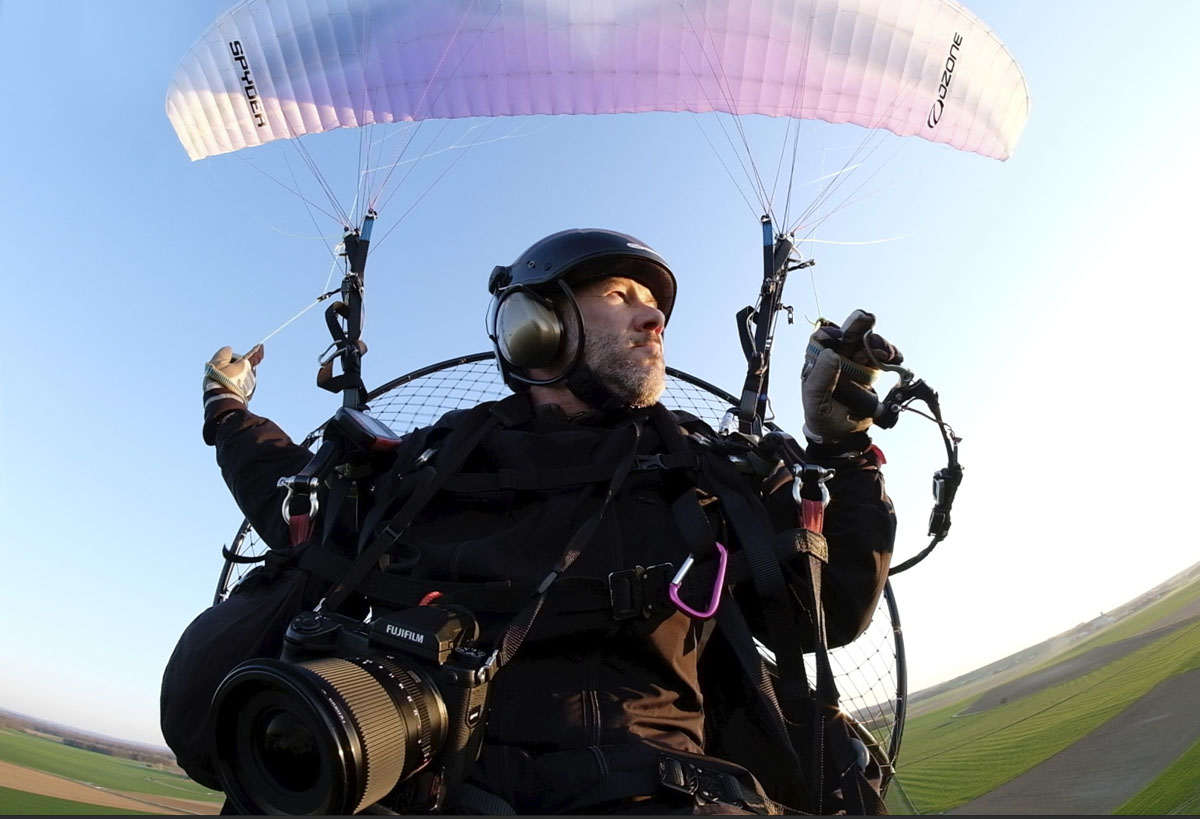
Pascal Bourguignon : The World from above with the GFX
Pascal Bourguignon
Pascal Bourguignon sinh năm 1961. Từ khi còn nhỏ, anh say mê nhiếp ảnh động vật hoang dã ở đất nước mình.
Sau khi được đào tạo về nhiếp ảnh, anh nhanh chóng thực hiện hoạt động của riêng mình hướng đến nhiếp ảnh xã hội và con người, trong khi tiếp tục chụp ảnh động vật hoang dã và phong cảnh bằng máy ảnh toàn cảnh Fuji 617.
Năm 1996, anh cùng với một vài người bạn xây dựng Lễ hội Động vật và Nhiếp ảnh Tự nhiên Quốc tế tại Montier en Der (52). Sau gần 20 năm, sự kiện này đã thu hút nhiều nhiếp ảnh gia động vật hoang dã châu Âu.
Vào những năm 2000, anh đã xuất bản cuốn sách của mình “hình ảnh từ phía trên”, “Một góc nhìn của người Aube từ bầu trời”, sau đó hai năm sau là “Der Chantecoq Country”. Vài năm tiếp theo, để có được tự do hơn, anh đã được cấp giấy phép lái tàu lượn, sau đó ra mắt tác phẩm chủ yếu hướng đến chụp ảnh phong cảnh trên trái đất hoặc cao hơn. Ngoài các hoạt động thương mại của mình, anh rất thích những bức tranh trừu tượng và đồ họa được chụp từ trên cao. Sự tự do và tự chủ được đưa ra bởi tàu lượn cho phép anh đi lang thang với mục đích tìm ra những quan điểm khác thường.
Anh là quản lý của một phòng thí nghiệm “mỹ thuật” in phun “Declic Editions” và sản xuất các bản in kích thước lớn cho triển lãm của các nhiếp ảnh gia động vật hoang dã nổi tiếng nhất – những người đam mê như các chuyên gia.
Have you ever fancied aerial photography with a paramotor (ultralight paragliding with an engine) and a 4×5 inches view camera? Of course not, noone would! And yet, this is exactly what the GFX enables us today: its quality is just as unbelievable as the one you’d get with a view camera minus weight and size!
That is why I was really excited to take it in the air with me, instead of my usual X-T2 / X-Pro2.
A paramotor offers a very limited space, therefore the more you can forget about your camera the better: if it’s in the way and interferes with your commands, it would be extremely dangerous soon. Since the GFX is no bigger than a DSLR, it meets all the major specification I was asking for.
Once up in the air, the key is to use a lens that will allow you a maximum of different compositions since it’s obviously difficult to swap lenses: an excellent zoom lens such as the GF32-64mm soon turns out to be your BFF!
With aerial photography, you need to pay attention to light, indeed contrasts can quickly be quite important. The very large dynamic range of this large sensor is so efficient you can easily deal with the highlights and shadows recovery in case of major contrast. You also need to use a rather fast shutter speed to avoid any motion blur naturally caused by the ultralight’s movement. It also enables you to keep the horizon level to minimize cropping then and keep a maximum of resolution. All those potential limitations are swiftly handled thanks to the fully customizable buttons of this camera.
High ISO quality is crucial for me since the best flights are often the ones you do at dusk: on this GFX, it’s second to none. It’s so good I even turned my standard sensitivity to ISO 800.
The most important thing though is the camera’s reactivity and to be able to reach the settings easily because everything goes fast up there: the commands are exactly where the X-T2’s were and the fact that one dial equals one function is both simple and convenient. The AF is fast and precise and the continuous shooting is perfectly fast enough so I never miss anything that pops up during my aerial strolls.
Even though its price is quite high, the quality I was offered with this camera is definitely second to none and you do get images of a rare quality. I’m convinced it does make a huge difference and it enables me to maintain a real value to my images and to reach out to more demanding and connoisseur customers.
Many photographers need a pilot to shoot their aerial photos, which makes things quite difficult regarding availability and proximity. Others now use a drone but then you cannot carry a medium format camera and thus reach really high quality results. Choosing to fly on a paramotor implies two things: time and passion. However, it comes with an immeasurable gift: the ultimate flight, the one you can go on whenever you like, and almost wherever you like. Pure freedom… I still and often dream I’m flying low over the trees, almost touching them. Back in my studio, the extreme quality and realism rendered by the GFX enables me to go live on this wonderful experience. I even try and spot a bird perched on branch now! I had never ever had the impression I could almost infinitely zoom in a photo like I do now.
Today, with its 51MP, sharing my images is very much like sharing my flights for the photos are just filled with details and realism.
A paramotor is also the only flying machine offering such a wide field of vision since no structure comes in the way: therefore the GF23mm is just perfect once in the air for any ultra wide-angle shot.
When I go out shooting in the winter, wrapped in a warm flight suit and equipped with thick gloves, I can assure you you quickly get a precise feeling of your camera’s potential. You need to be able to handle everything as simply as possible. As far as extreme conditions are concerned, the GFX lives up to my expectations: from its long lasting battery to its weather-sealed body and believe me, it’s quite important when you take off in the mist.
I know for sure today that I could take my GFX with me everywhere, should it be on firm ground or in the air: there’s no way it cannot match my expectations.















































